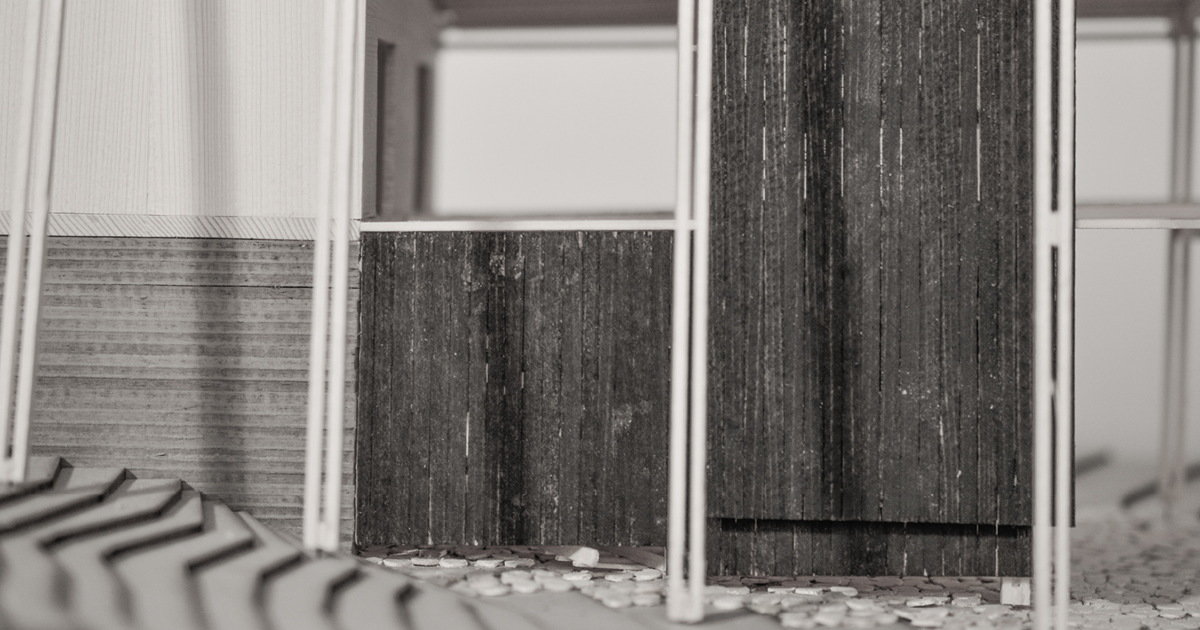
The thesis is a method for dealing with the challenges of rural Norway today. Thorough local mapping, involvement and learning through building processes, give meaning to the local environment and its users. Hopefully, it leads to regional effects and has transferable value. The work is not a finished product, but rather a process we hope will continue in the future. We intend to question how we use our environment and investigate an alternative approach to how we can live and build with our local resources and surroundings.
The project concentrates on a “grend”, a small Norwegian community, starting with local mapping, analysis and 1:1 experimenting of local materials and resources. The process leads to a development plan for the community, a building system, examples of smaller public spaces, a dwelling and a large common multipurpose hall. The results are documented through a magazine in four (yet unpublished) editions, a website and a travelling exhibition in order to reach out to the public. It is necessary with development through dialogue and feedback, and the process of involving the community is as important as the design process.
The project intersects with the on-going debate of densification, urbanism and development of hubs along with the theme of sustainability, a debate that sets the agenda for how we live and will continue to live in the decades to come. But something has been left out of this debate, a place that is not a place for densification, not a city. Can it be that a rural area, to live outside of a town, has other premises and other dreams than the city? This is demonstrated in the project, theoretically and practically. The project discusses the role of the architect besides from designing buildings. How do we contribute, what is the profession capable of? The role is contextualized, in rural Norway, in a “grend”, where it differs from that of realizing projects in an office.
The work has a realistic approach in three points; as a method to involve people and deal with local enthusiasm to enhance a rural community, through exploring, experimenting and displaying the use of local materials, and with the design of concrete and realistic projects.
Ranging from a national level, through community and neighbourhood, to building, building components, use of materials, production, local resources, the project organizes multiple layers. It was particularly interesting to experience the exhibition with the various materials; to sense, feel and touch. Together with an understanding and respect of history, the project aims to raise a common consciousness.